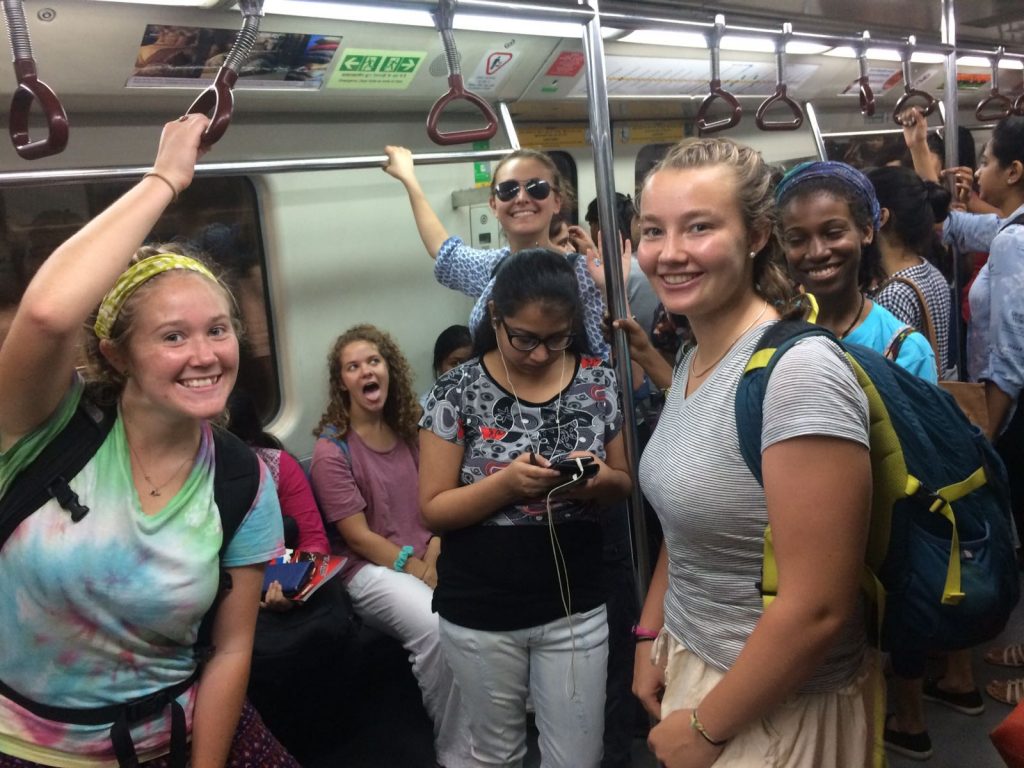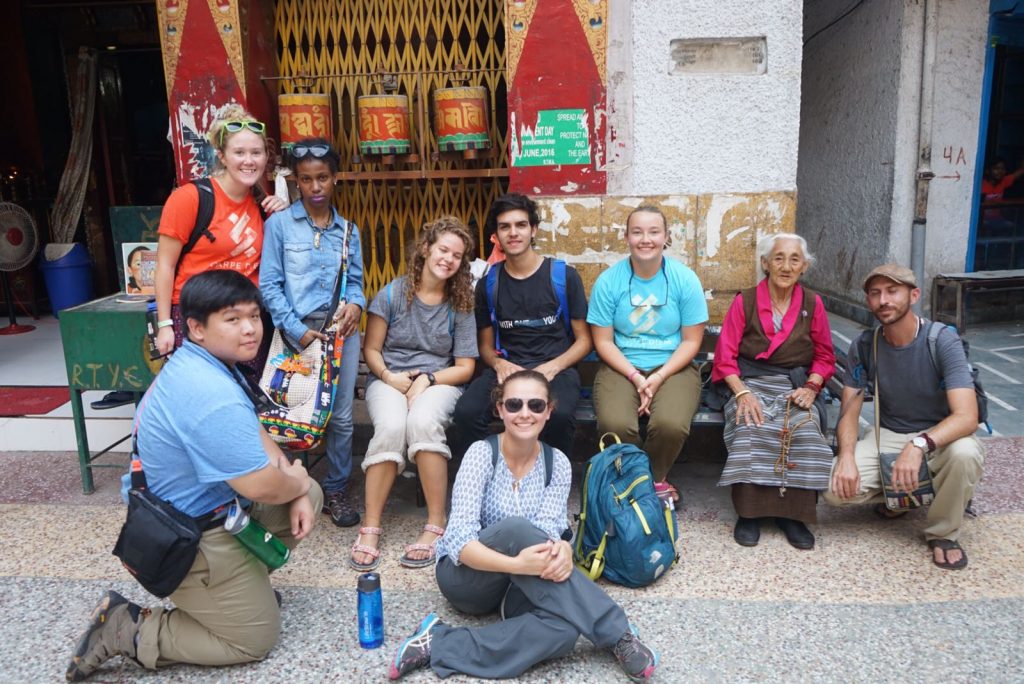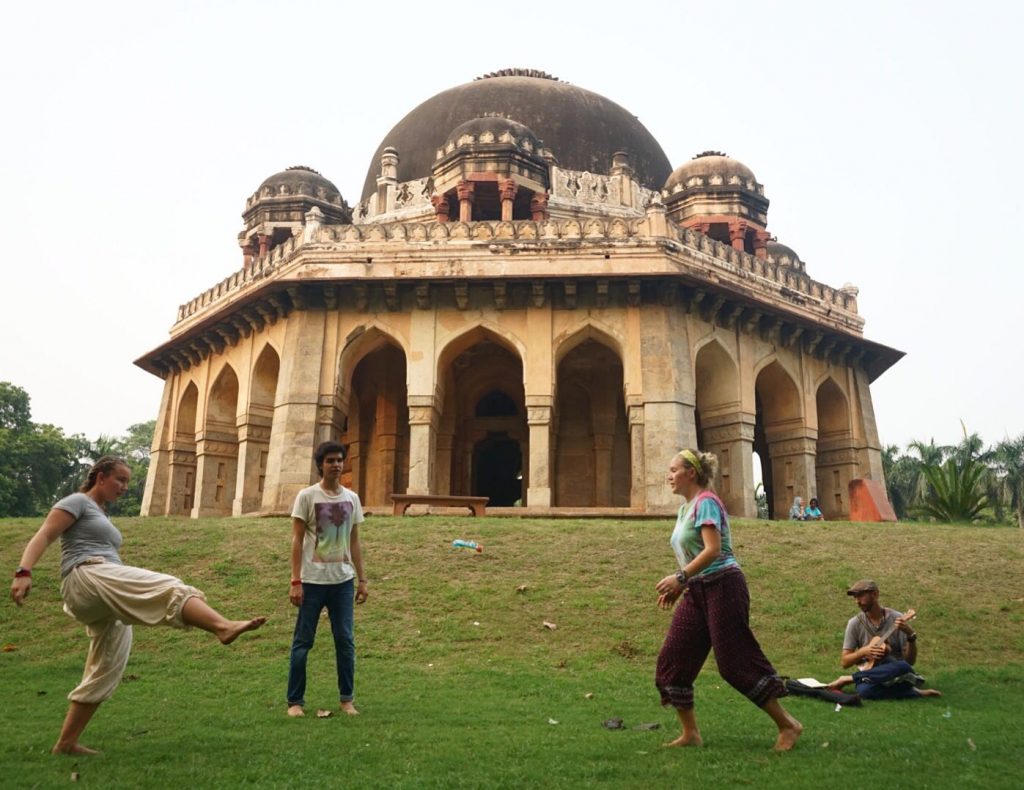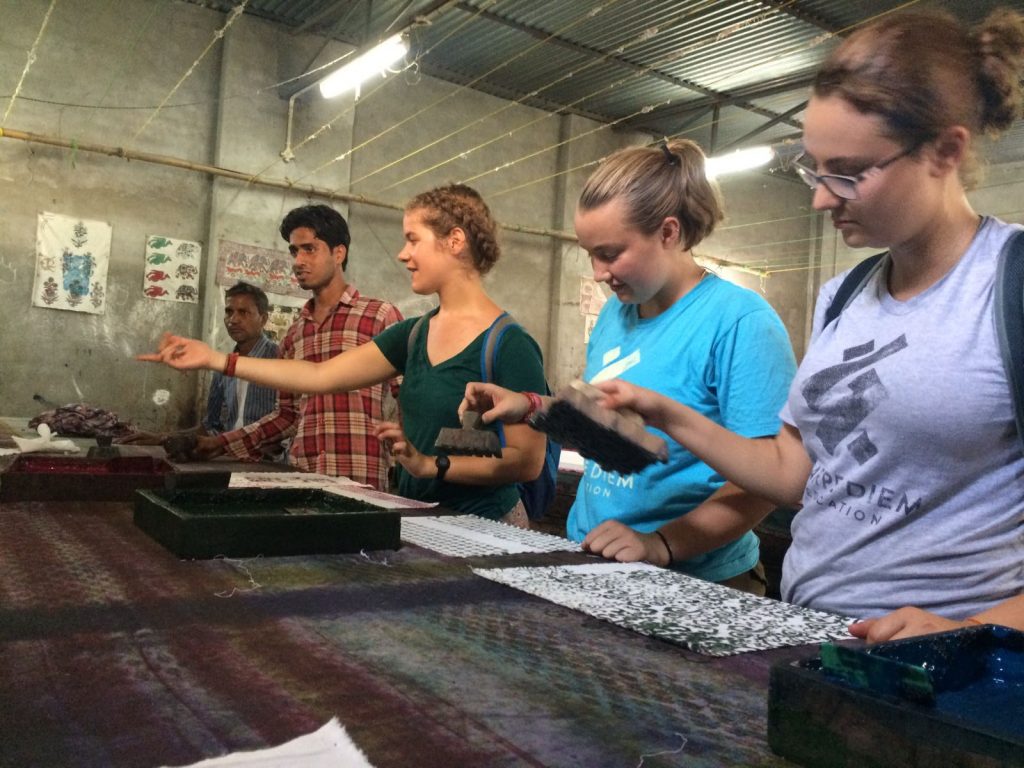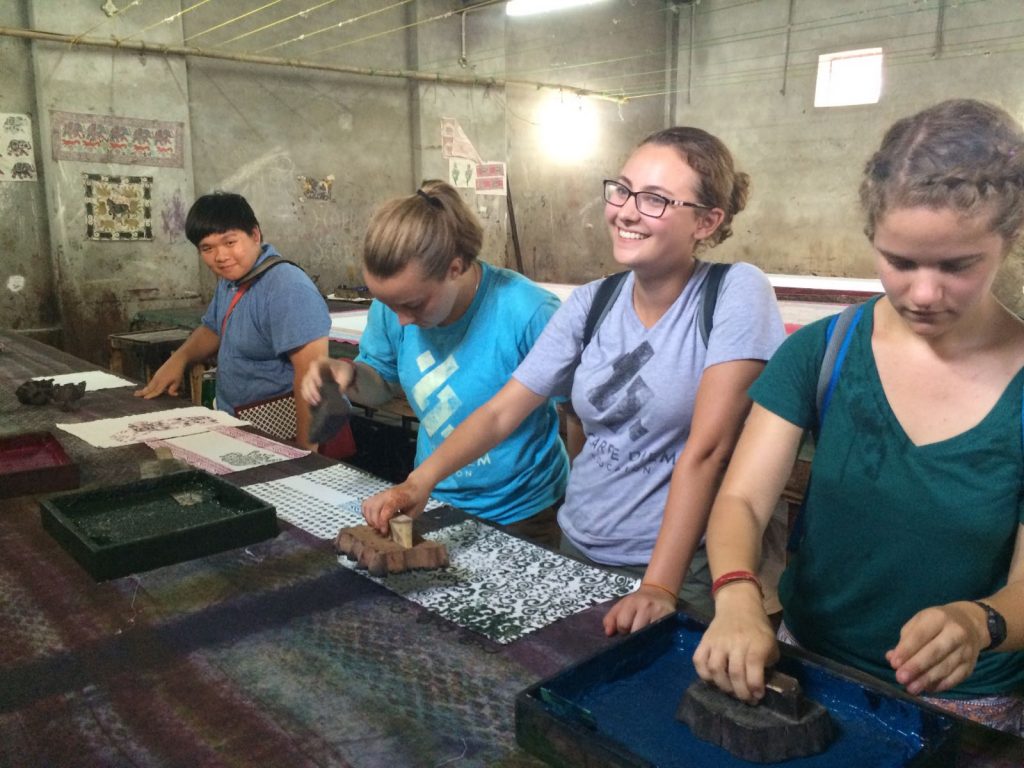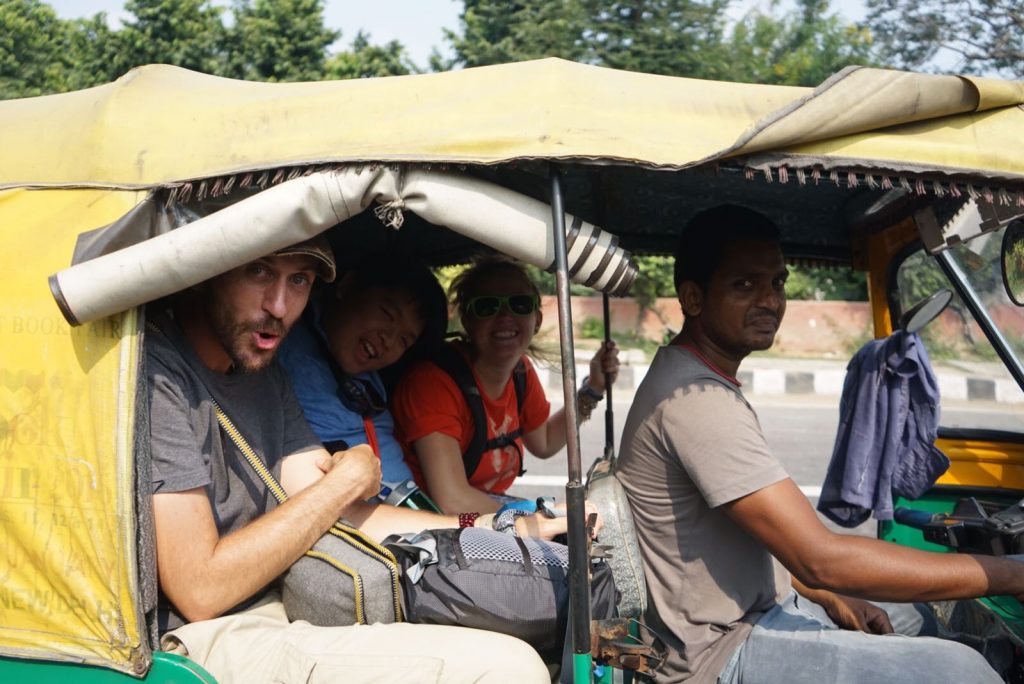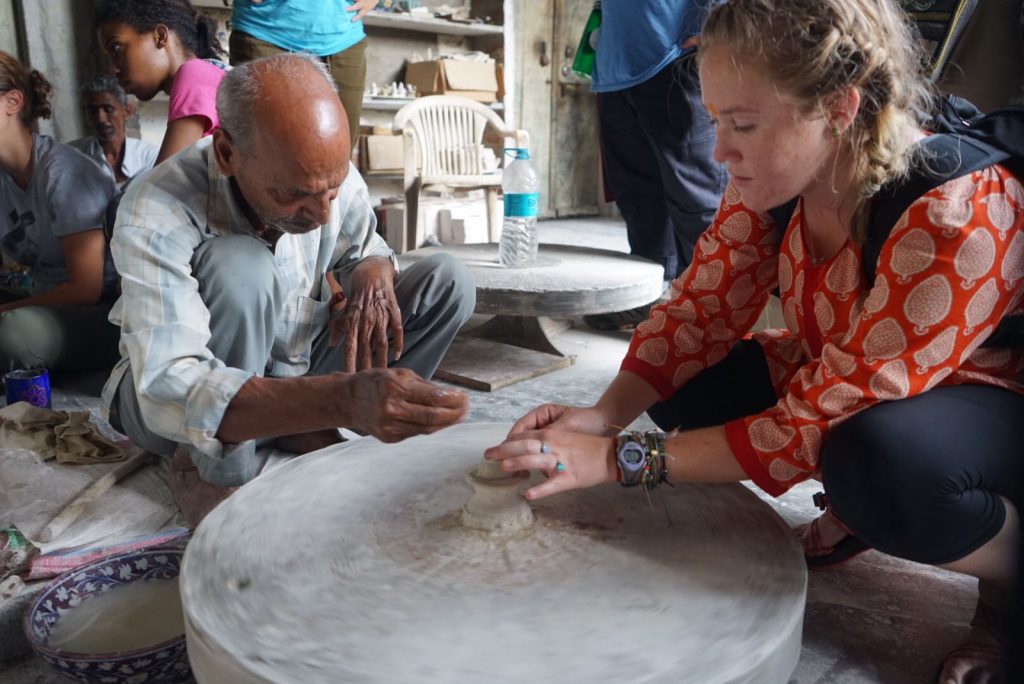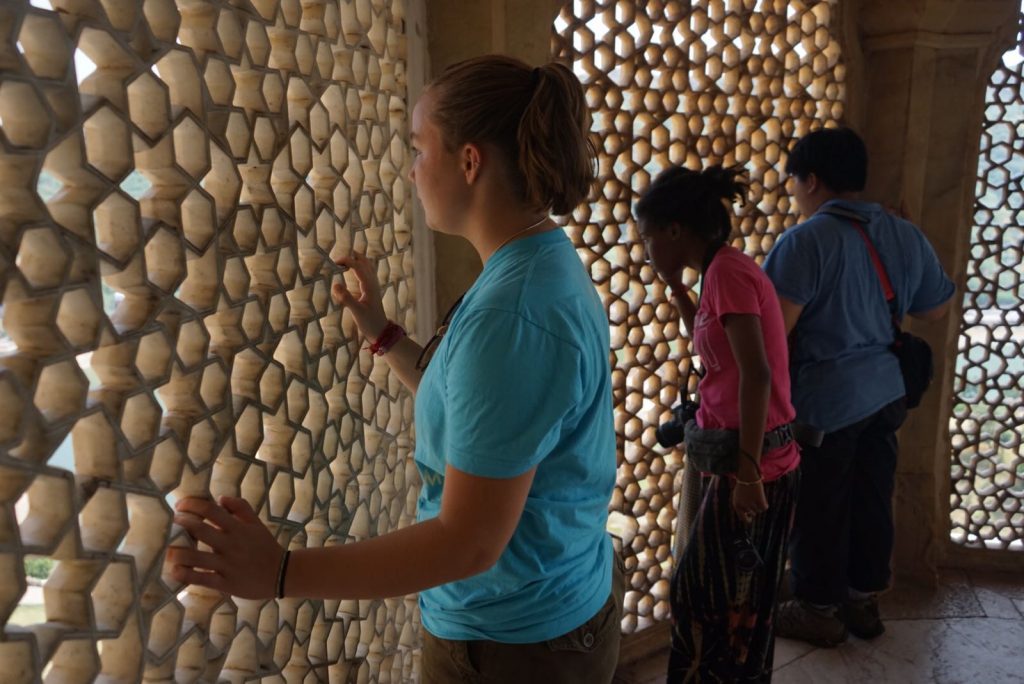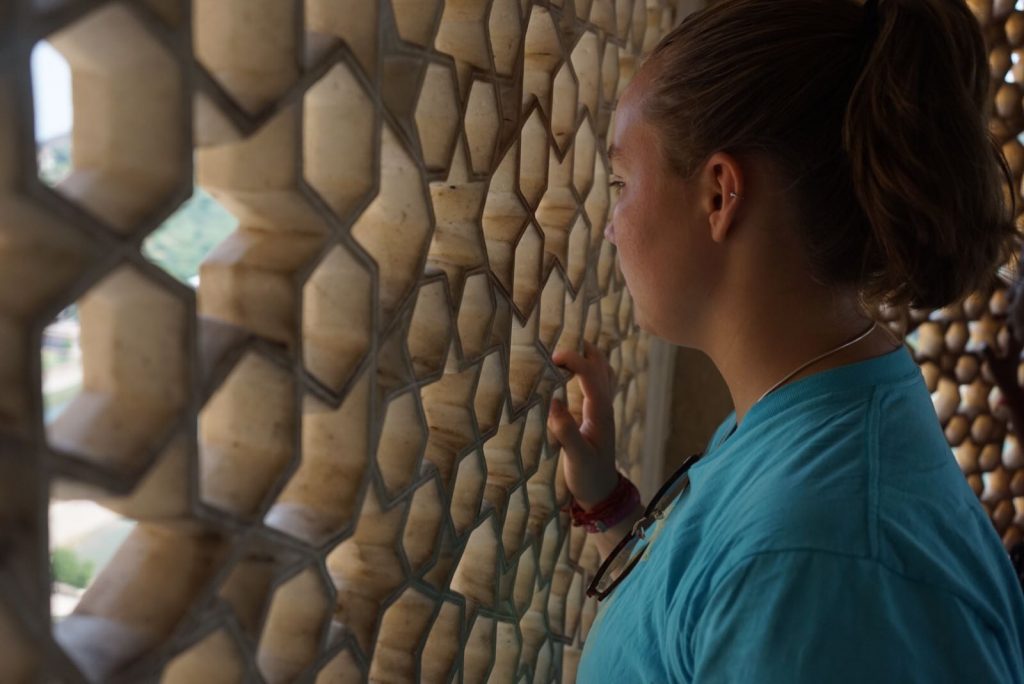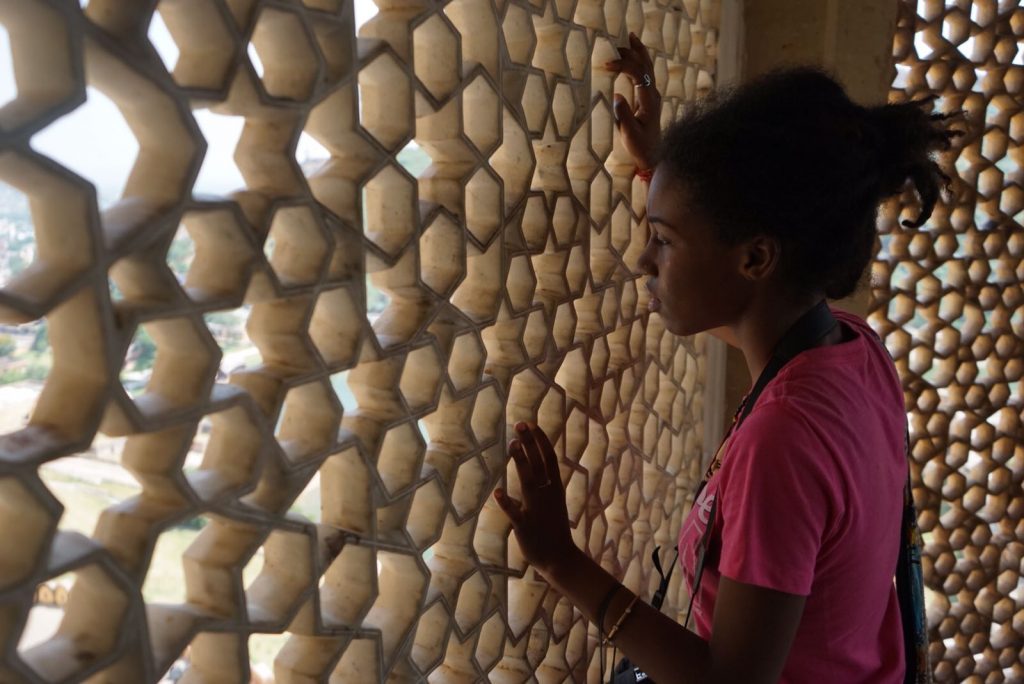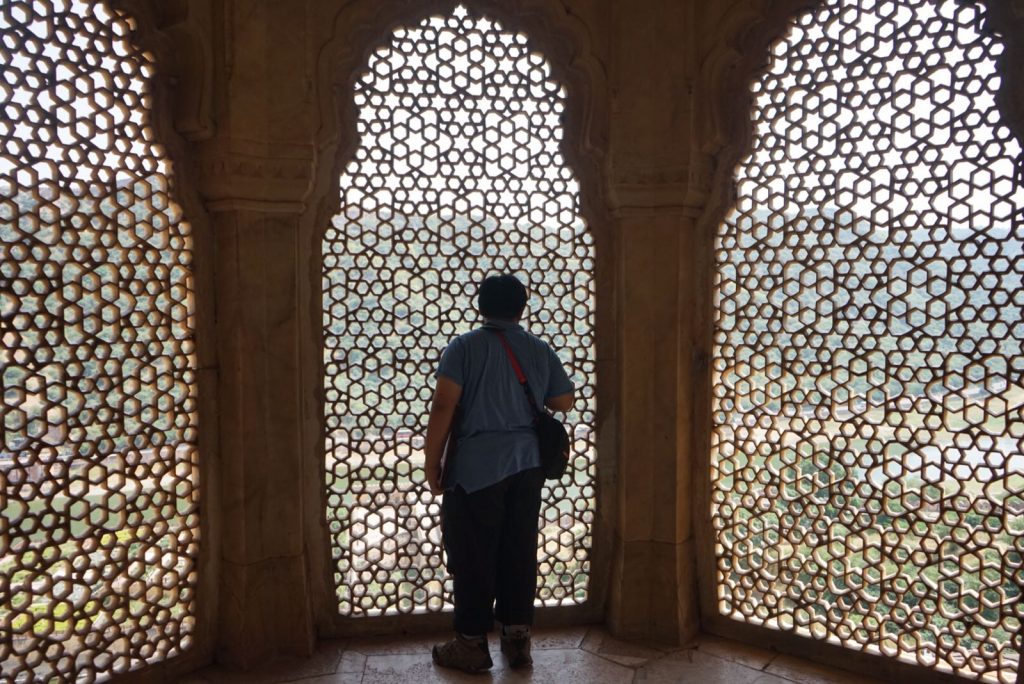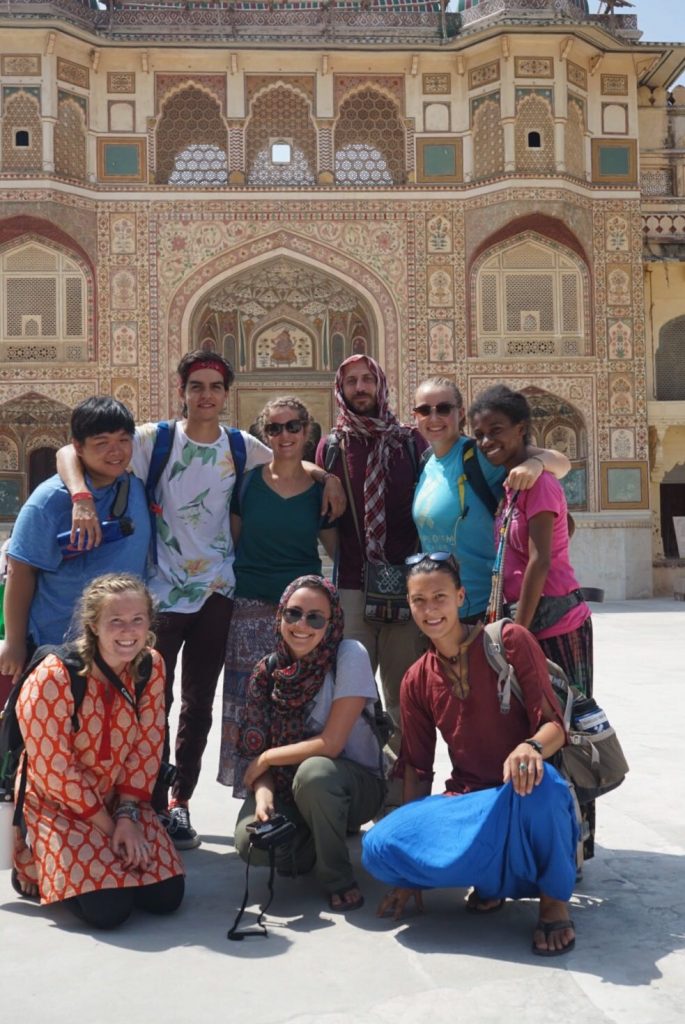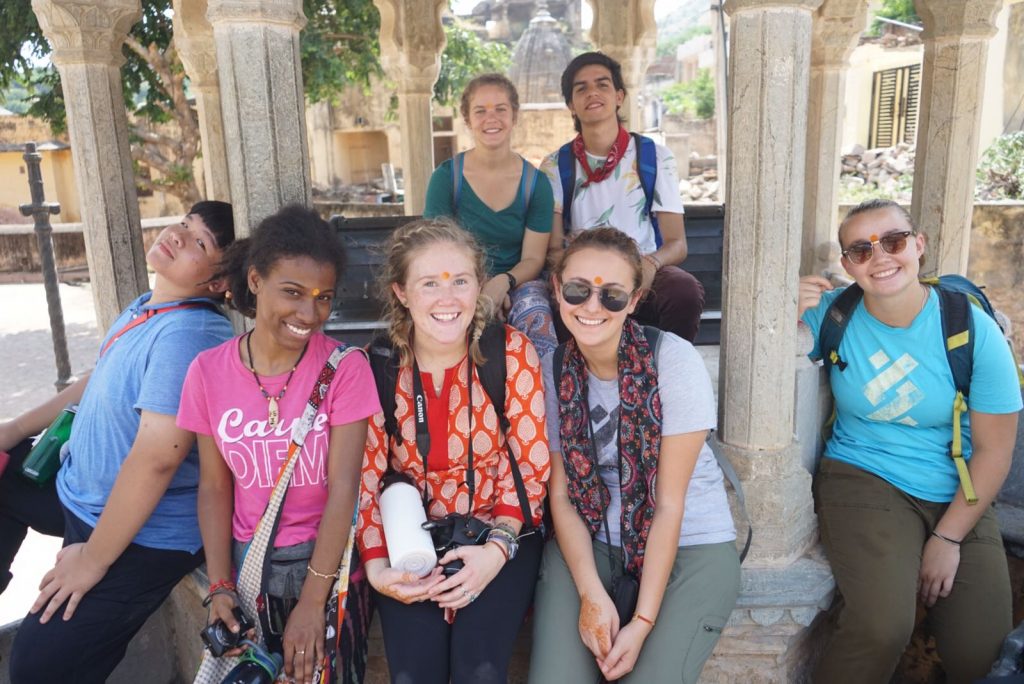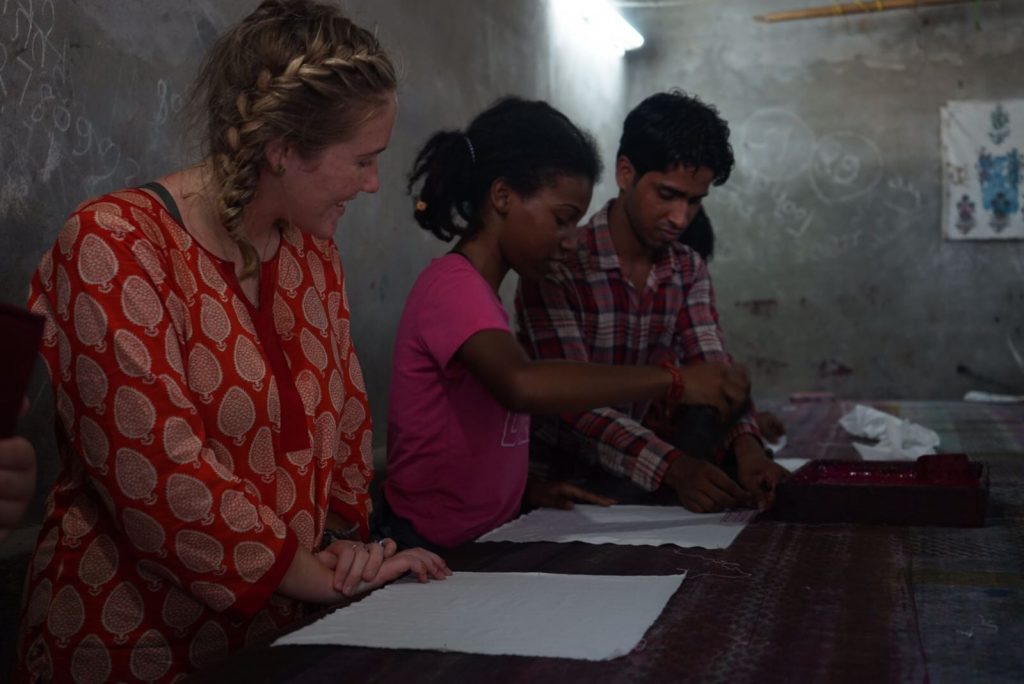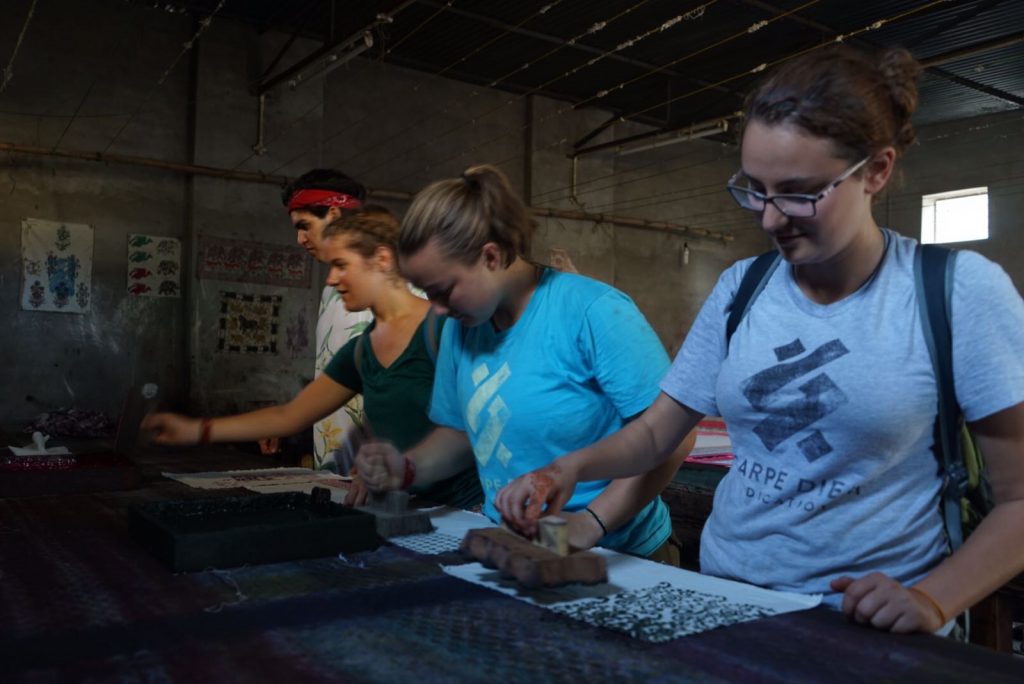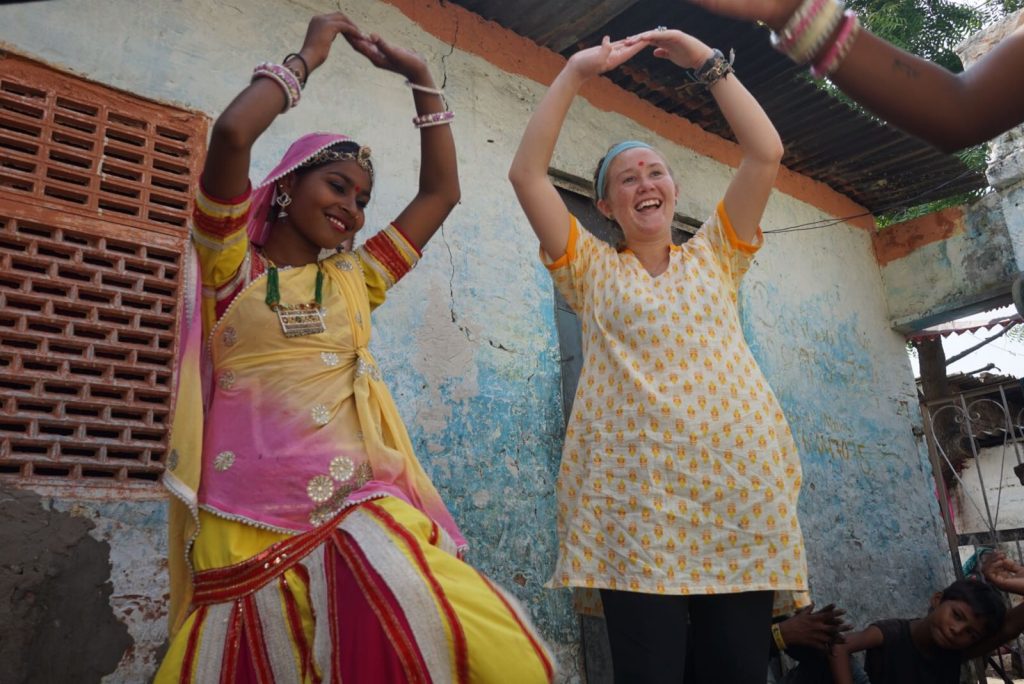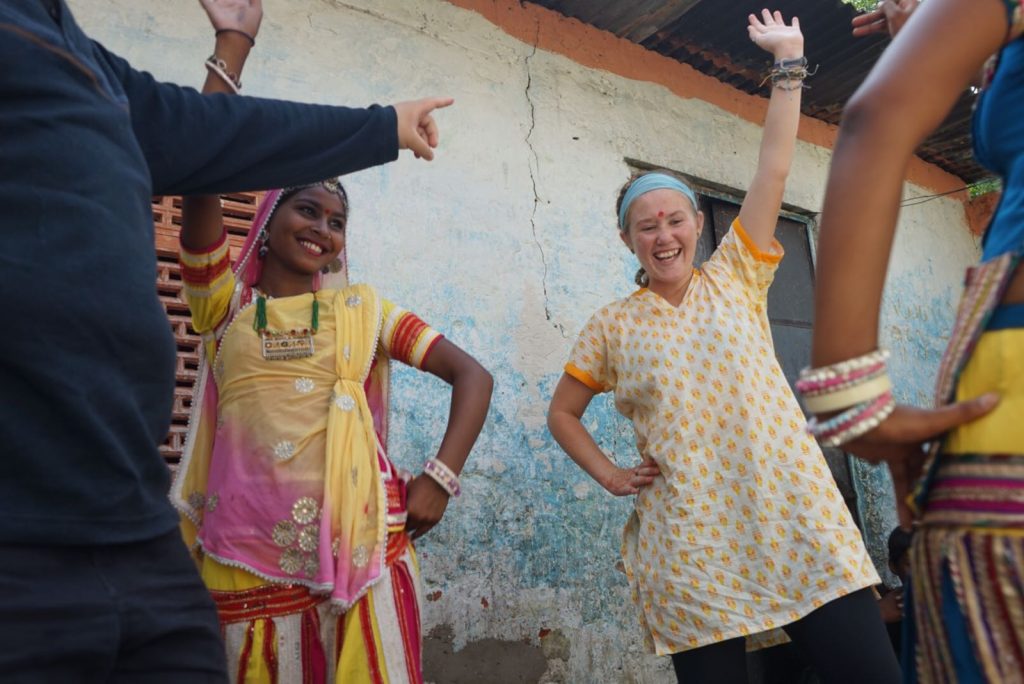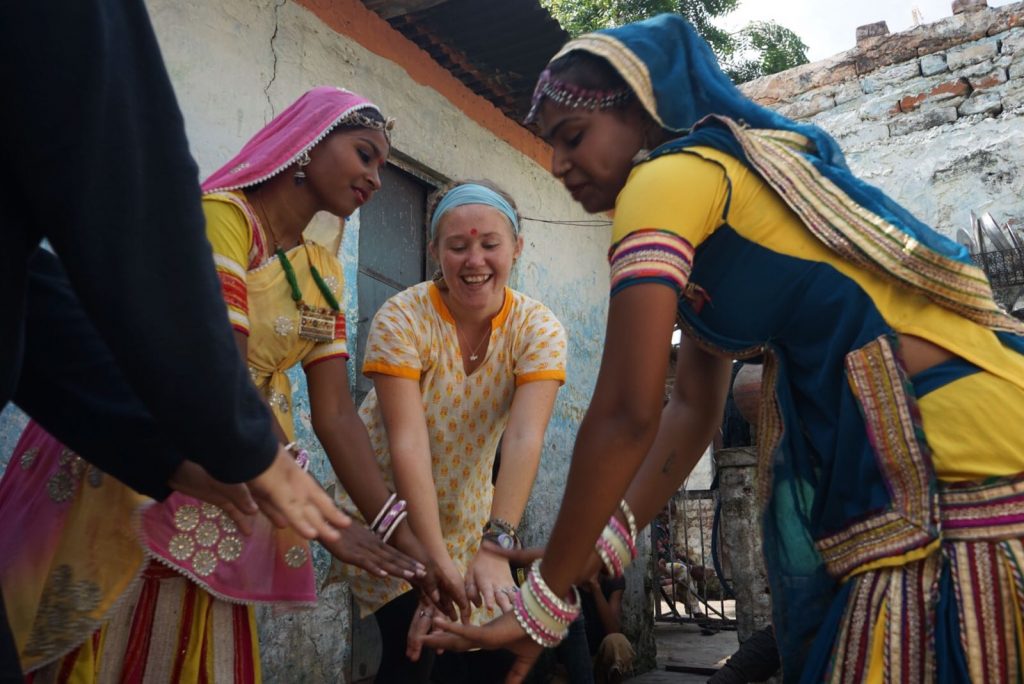Submitted and written by Matthew Nguyen. Photos from the Overseas Educators, Jon and Anya.
Problog:
Here we are! The moment of truth has arrived. With heavy, yet optimistic hearts we fly away from familiarity and the place we called home, lying in anticipation for what’s to come. Three months. New sights. New sounds. New friends and family. A completely different side of the world to explore and discover. After the shy, awkward introductions and icebreakers, we, the Shiva group, warmed up to each other, playing strange dancing games and shuttlecock, an Asian equivalent of hacky sack. A late night flight to Hong Kong later, we crossed the international dateline and travelled across time, skipping a day. Touching down in Hong Kong, we realized that there was a twelve hour layover. Fortunately, we found out that we were able to go into the city! Unfortunately, an hour was spent with our Overseas Educators, Jon & Anya, battling the ATMs. When they finally got them to work, the group was treated to a vast landscape of communist and capitalist architecture. Towering residencies and commercial buildings littered the whole city. We noted a stark familiarity with such a setting, with international name brands located at every corner of every downtown street. The group meandered in this veritable menagerie, taking a ferry to and fro the island, eventually enjoying a nice brunch at a restaurant. After basking in the light breeze of Hong Kong harbor, the crown jewel of the former British Empire, India, beckoned.
Part One: India’s Delhi-lite
At last, an exhausting flight later, we landed in New Delhi, fatigued and dappled and ready to sleep. Unfortunately, the never-ending medley of honks and beeps of buses, cars, and rickshaws didn’t afford us much comfort. Both afraid for our lives and yet brimming with excitement of this vastly different locale, we made our way to the Wongdhen House, our stay in Majnu Ka Tila, a Tibetan refugee colony. Settling in, the Shiva group enjoyed their first well-deserved rest in India.
Throughout the next three days, we would be orientated with survival tips, facts of life, and the “do’s and don’t” for living in the country, everything from proper clothing to food & safety to bargaining. The fact of the matter is that India has one of the more deprived societies, due especially to the discrimination born from the flawed caste system, which is mainly responsible for the high disparity in wealth and social power. Impoverished peoples of all kinds are readily found. Auto-rickshaw drivers and shop owners sometimes drive up the price of their products to make ends meet for themselves and their family, and it becomes necessary for them to put these scams into practice. Child beggars and homeless tug and pull on our clothes to ask for money, hoping for a foreigner’s empathy to shine through for them. However, there is another side to this coin, that being the lust for money, using the semblance of poverty to take advantage of others’ good will. Take the begging mafia, for example. Some of the children are forced by their parents or by other adults to besiege foreigners to get money, only to take it away from them and use it for their own, selfish means. That’s mainly why we decided it would be better to give them food and drink, instead of money, as that is something that they, themselves, need. Once we had done that for a child. We gave him a mango drink, and once he had taken a sip, the biggest smile appeared on his face, pure happiness from experiencing something he had not before. Afterwards, we try to keep a policy of “waste not, want not,” thinking of the more disadvantaged people in life.
On a daily basis, for three days, the group would be eased into an Indian quotidian lifestyle, going out on group excursions into the hustle and bustle of bazaars, markets, and restaurants in the city, the peacefully quiet parks and recreational spaces of the suburbs, and both historic and modern monuments of Indian culture. On the third day, we split into smaller groups of two or three to go on a scavenger hunt, using the practical skills and knowledge acquired to navigate through the maze of Delhi. After this frightful, yet fun, day out in the city, Shiva was subject to their first encounter with India’s long-distance railway system, as they travelled to their next destination, Jaipur, in the state of Rajasthan, to experience a more intimate part of Indian life, the homestay.
Part Two: A Broadened Jaipur view
Six hours. 6 AM. Shiva arrived in the city of Jaipur, the “Pink City,” so-called due to the fact that once the ruler of Jaipur ordered his people to paint every building in pink in anticipation for the Prince of Wales’ and Queen Victoria’s 1876 arrival, since the color itself represented hospitality and welcoming. Besides its vibrant history, it is home to a potpourri of artisans, specializing in things from handmade crafts and clothing to unique music, both in the slums and in the city. Our homestays were located in the suburbs, near three temples and a fort, in Birla Mandir. The Sharma families welcomed us with open arms and treated us in kind. Each day, we ate a variety of Indian cuisine from batata vada, fried potatoes with chutney, in the morning, to thali dishes, rice and chapati with an assortment of sauces and curry, in the evening. And being in India, of course, we had some of the best masala chai, made with spices and ginger. Food aside, every day we were doing something new and these cultural exchanges and interactions exposed what went on in the middle class Indian household and broadened our previous purviews into the people’s livelihood. We were taught mannerisms, such as proper greetings, folding hands, such as in prayer, then saying “namaste,” or only eating with the right hand, since the left is used during relieving oneself, it is considered disrespectful, or, as in many Asian cultures, always taking footwear off when entering a household. In the mornings, we would practice yoga, study up on our Hindi, and learn more about the actual history and politics of this nation. In the afternoons, we participated in the arts, going on local excursions to the world famous artisans of blue pottery and hand-made textiles and paper, to the world-famous, grammy award-winning musicians of the suburb, or the puppeteers and dancers of the slums, all of which brought life to the lifeless, in more ways than one. In the evenings, we would come back to our homestays and interact with them. Sometimes, they would even create henna art on our arms or even bring us to play cricket and other cultural games with the local neighborhood children!
On one striking excursion, the group was brought to Tilonia, on the outskirts of Jaipur, where the Barefoot College was located, named so because such an institution didn’t require any formal certification or degree to be educated. It was a place of acceptance and tolerance, where caste, gender, and even age didn’t matter, where even those of the untouchable caste would be able to go further in life, learning from professional doctors, engineers, and artisans, then putting those skills into practice, to make the community a better place. Solar Mamas, women from around the world, usually from third-world countries, would be taught how to create and maintain solar panels for their villages and give sustainable energy to the less advantaged. Children of six to twelve had a parliament and a committee that actually managed several parts of the community, and they learned of advanced physics topics, such as mechanics and electricity, demystified through audio-visual and kinesthetic interaction with such topics through toys! Truly both incredible and mesmerizing. After a few days of warming up to our newfound community, with bittersweet goodbyes, we continue on our Rajasthani journey with an overnight train to Udaipur.
